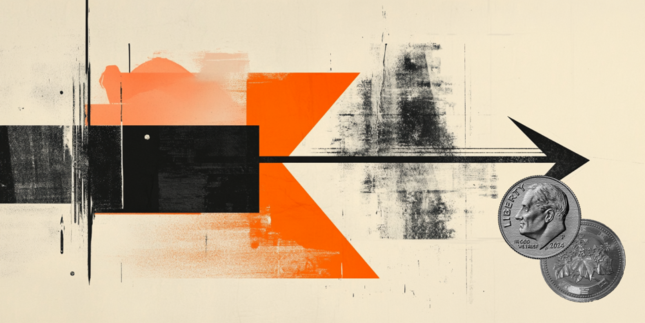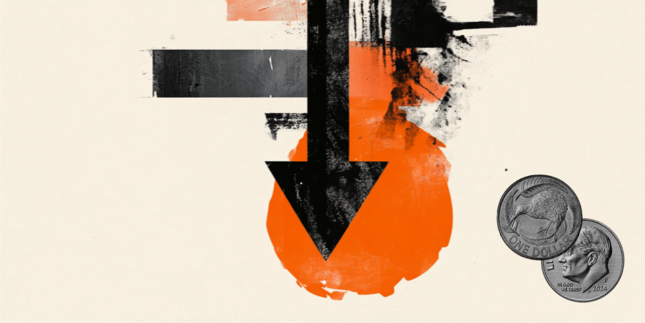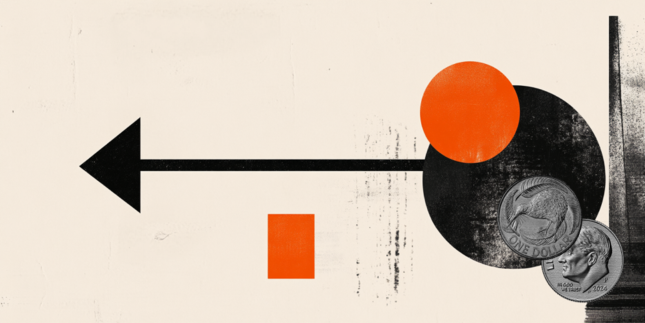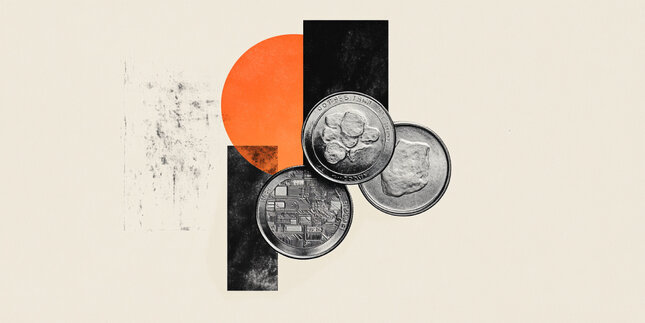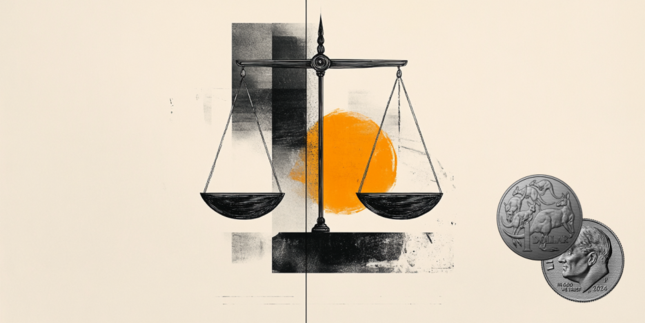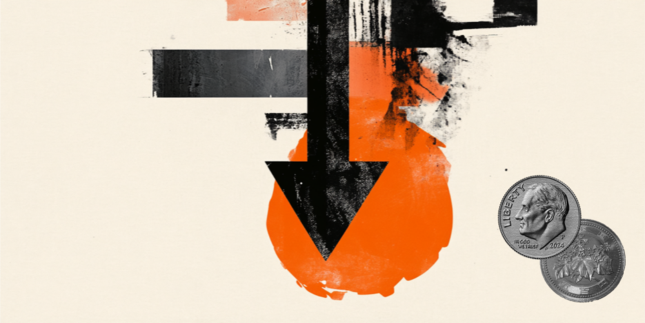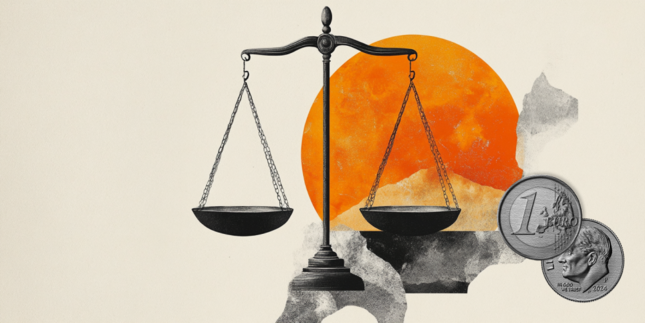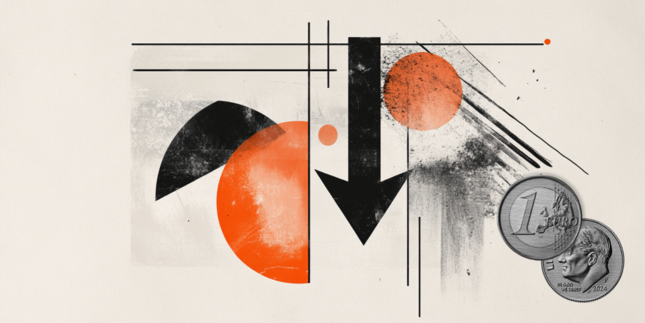USD/JPY advances to near 149.50, upside seems limited amid hawkish BoJ
- USD/JPY could encounter resistance as the likelihood of additional rate hikes by the Bank of Japan increases.
- Traders await a set of crucial Japanese economic reports due Friday, including industrial production, retail sales, and Tokyo inflation data.
- The US Dollar gains strength, driven by rising US Treasury yields.
USD/JPY retraces its recent losses from the previous session, trading around 149.40 during the European hours on Wednesday. However, the upside of the pair could be limited as the Japanese Yen (JPY) may find support amid rising odds of further interest rate hikes by the Bank of Japan (BoJ).
The BoJ is expected to raise rates from 0.50% to 0.75% this year. According to Bloomberg, overnight index swaps fully price in a rate hike by September, with a 50% chance of an earlier move as soon as June.
Meanwhile, traders in Japan are preparing for a series of key economic reports set to be released on Friday. These reports — covering industrial production, retail sales, and Tokyo inflation — could offer crucial insights into the BoJ’s future monetary policy direction.
The US Dollar (USD) strengthens amid rising US Treasury yields, with the US Dollar Index (DXY) — which measures the USD against six major currencies — approaching 106.50. At the time of writing, 2-year and 10-year US Treasury yields have climbed to 4.11% and 4.32%, respectively.
In recent developments, US President Donald Trump has ordered an investigation into potential tariffs on copper imports to support increased US production of this critical metal. Additionally, Trump confirmed that tariffs on Canada and Mexico will proceed once the current one-month delay period concludes next week.
On Tuesday, Thomas Barkin, President of the Federal Reserve Bank of Richmond, predicted another decline in Personal Consumption Expenditure (PCE) inflation later this week, emphasizing the Fed’s notable progress in curbing inflation. While maintaining an overall positive outlook, Barkin underscored the need for a cautious "wait and see" approach given ongoing policy uncertainties.
Japanese Yen FAQs
The Japanese Yen (JPY) is one of the world’s most traded currencies. Its value is broadly determined by the performance of the Japanese economy, but more specifically by the Bank of Japan’s policy, the differential between Japanese and US bond yields, or risk sentiment among traders, among other factors.
One of the Bank of Japan’s mandates is currency control, so its moves are key for the Yen. The BoJ has directly intervened in currency markets sometimes, generally to lower the value of the Yen, although it refrains from doing it often due to political concerns of its main trading partners. The BoJ ultra-loose monetary policy between 2013 and 2024 caused the Yen to depreciate against its main currency peers due to an increasing policy divergence between the Bank of Japan and other main central banks. More recently, the gradually unwinding of this ultra-loose policy has given some support to the Yen.
Over the last decade, the BoJ’s stance of sticking to ultra-loose monetary policy has led to a widening policy divergence with other central banks, particularly with the US Federal Reserve. This supported a widening of the differential between the 10-year US and Japanese bonds, which favored the US Dollar against the Japanese Yen. The BoJ decision in 2024 to gradually abandon the ultra-loose policy, coupled with interest-rate cuts in other major central banks, is narrowing this differential.
The Japanese Yen is often seen as a safe-haven investment. This means that in times of market stress, investors are more likely to put their money in the Japanese currency due to its supposed reliability and stability. Turbulent times are likely to strengthen the Yen’s value against other currencies seen as more risky to invest in.
Forex News
Keep up with the financial markets, know what's happening and what is affecting the markets with our latest market updates. Analyze market movers, trends and build your trading strategies accordingly.






